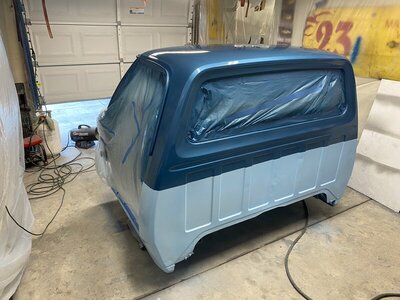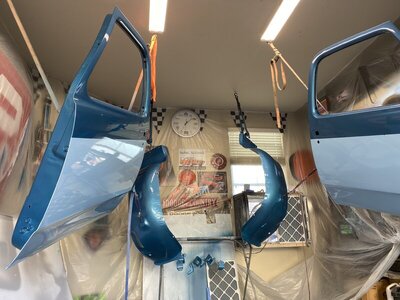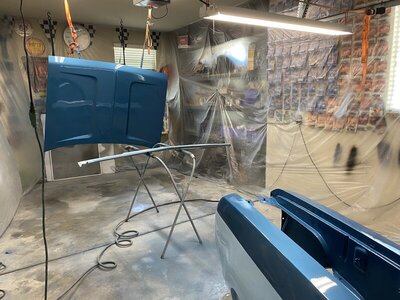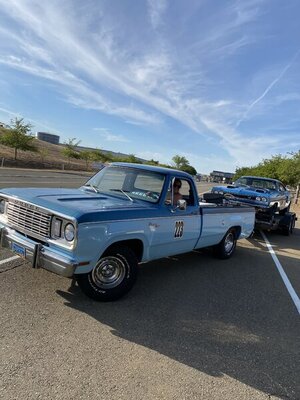streetmachine
Well-Known Member
I'm new to this and just wanted to hear some thoughts/opinions. Anyways, I'm just wondering what would be a good paint gun or paint guns to use with a compressor like this?
https://www.lowes.com/pd/Kobalt-QUI...e-Electric-Vertical-Air-Compressor/1001014062
What I would be paint is if I could paint a hood, tailgate, or fenders from an older Dodge Truck. I realize I may have to do it a piece at a time. Regarding that I would using a single stage paint to my repairs/touch up. The other thing I would be painting is a frame from the said truck along with the smaller pieces such as the control arms, springs, and such.
Unfortunately, I don't have 220V to my storage building currently and that upgrade is not in the cards for now. So, I'm just wondering what would be suggested regarding a paint gun or compressor? Thank you in advance.
https://www.lowes.com/pd/Kobalt-QUI...e-Electric-Vertical-Air-Compressor/1001014062
What I would be paint is if I could paint a hood, tailgate, or fenders from an older Dodge Truck. I realize I may have to do it a piece at a time. Regarding that I would using a single stage paint to my repairs/touch up. The other thing I would be painting is a frame from the said truck along with the smaller pieces such as the control arms, springs, and such.
Unfortunately, I don't have 220V to my storage building currently and that upgrade is not in the cards for now. So, I'm just wondering what would be suggested regarding a paint gun or compressor? Thank you in advance.




















